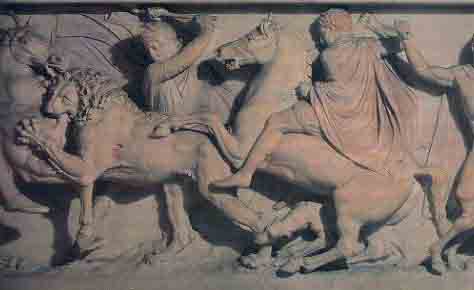Image Details

Erich Lessing
The dogs—whose closest modern counterpart is the Bedouin sheepdog known as the Palestinian pariah dog—died of natural causes, were of medium height and build and had a mortality profile (60 to 70 per cent of them were puppies) similar to urban dog populations today. The dogs, therefore, were not sacrificed as part of a ritual, nor were they eaten. Excavators puzzled over why the people of Persian-period Ashkelon would have gone to such lengths to bury so many ordinary-seeming dogs. Author Stager suggests the dogs were part of a healing cult, perhaps associated with the Phoenician god Resheph-Mukol. This or a similar cult led Deuteronomy 23:18 to declare: “You shall not bring the hire of a harlot, or the wages of a dog [paid for healing services] into the house of the Lord your god in payment for any vow; for both of these are an abomination to the Lord your God.”
